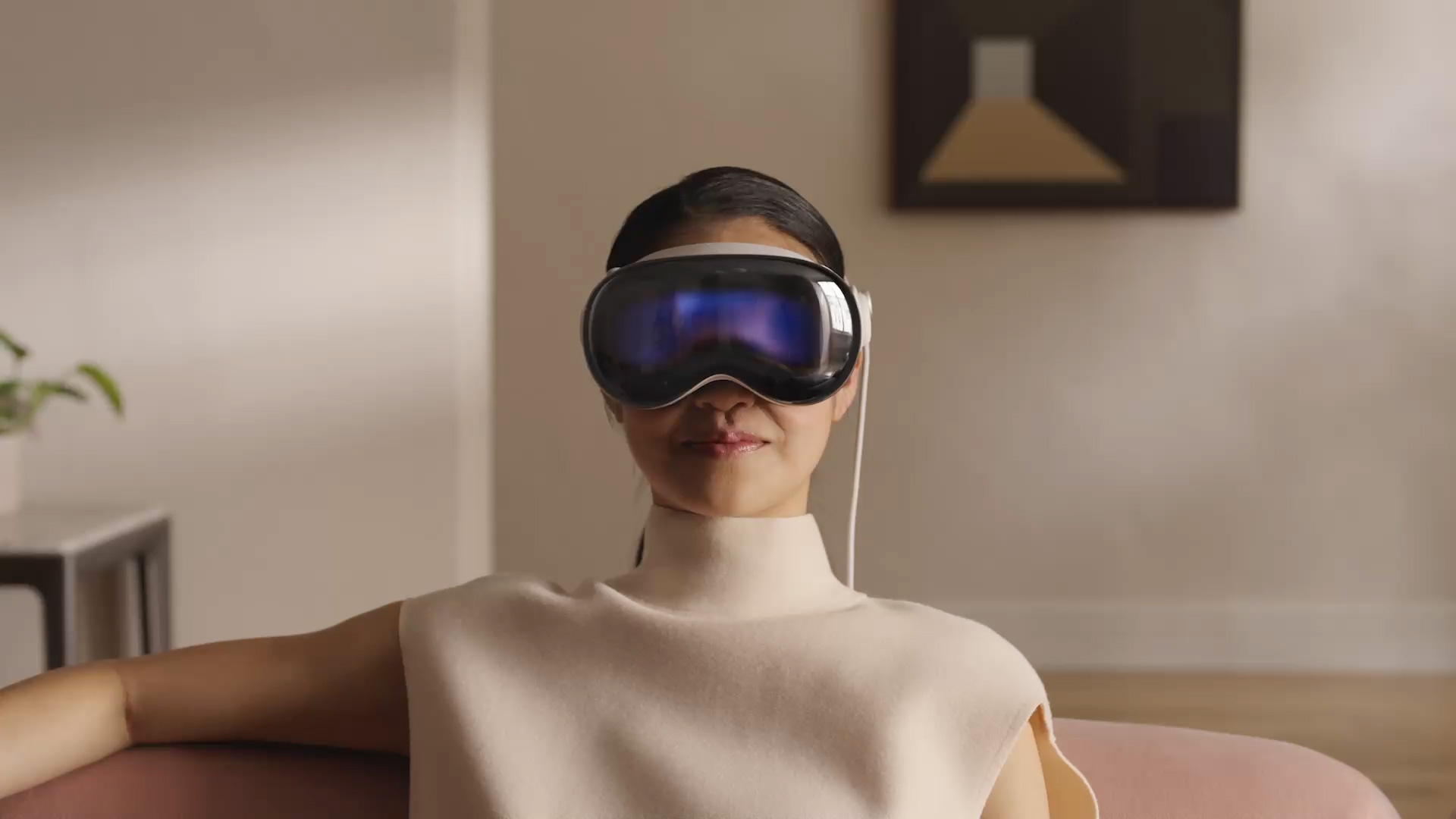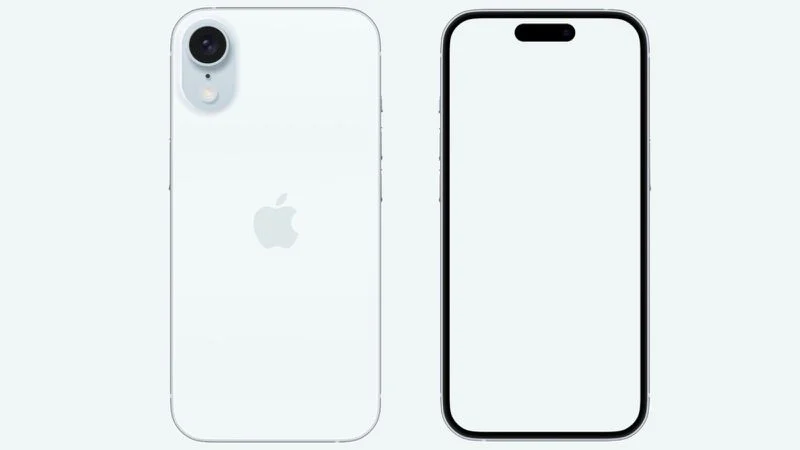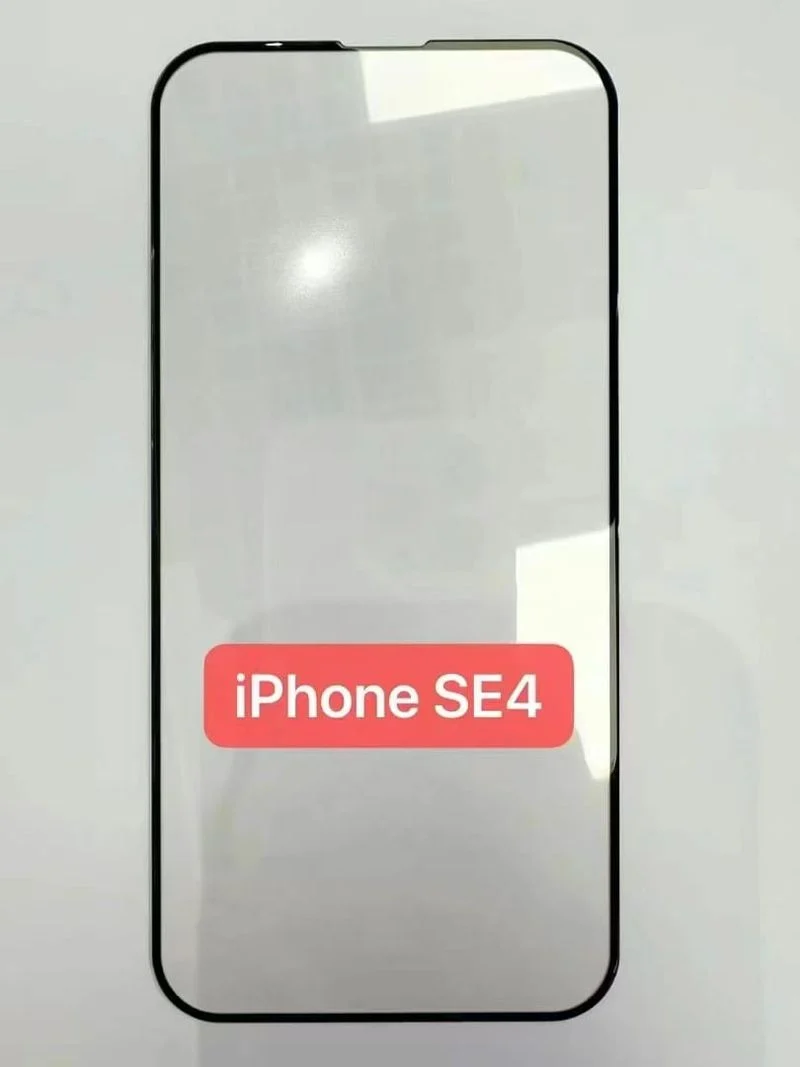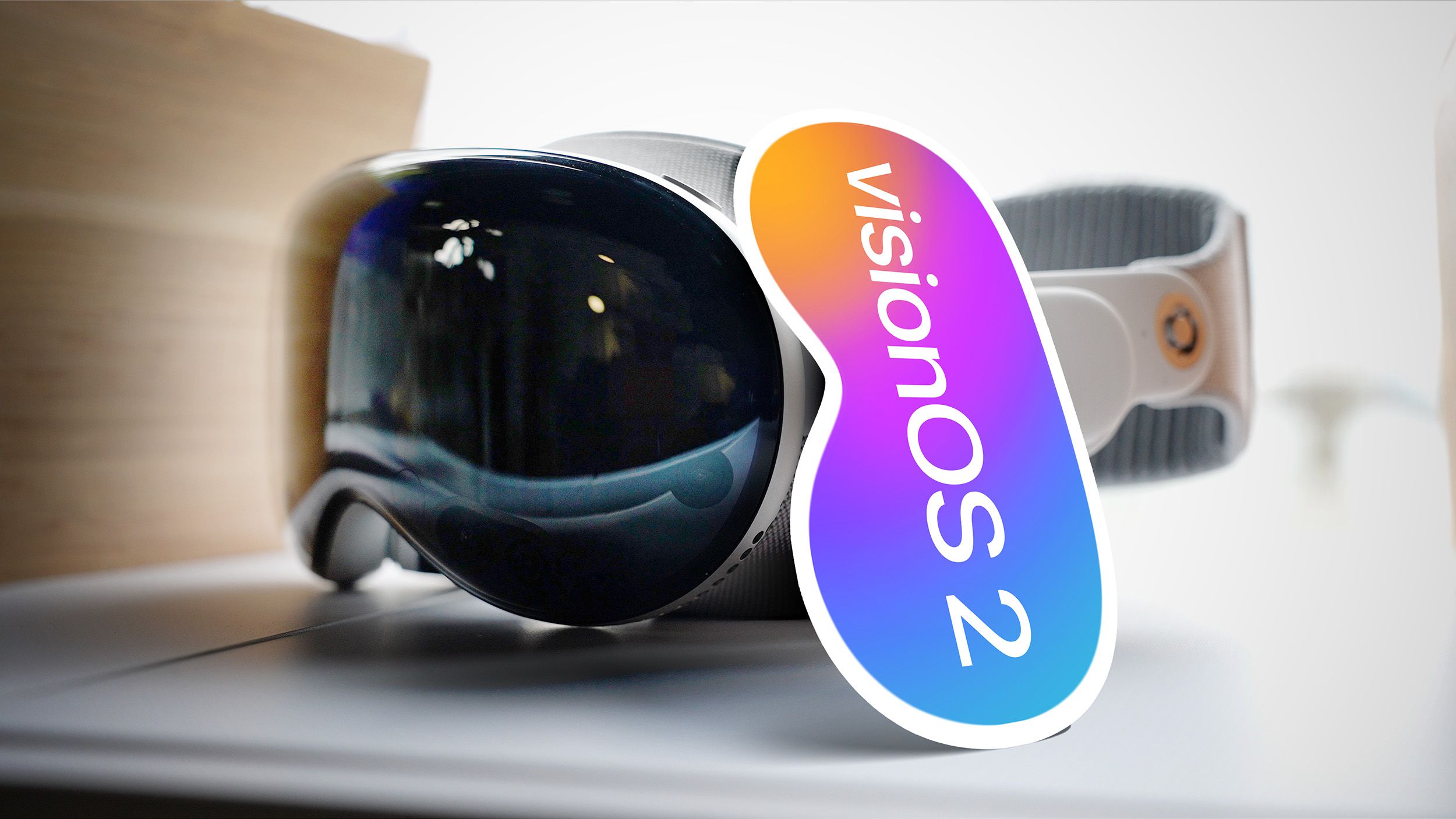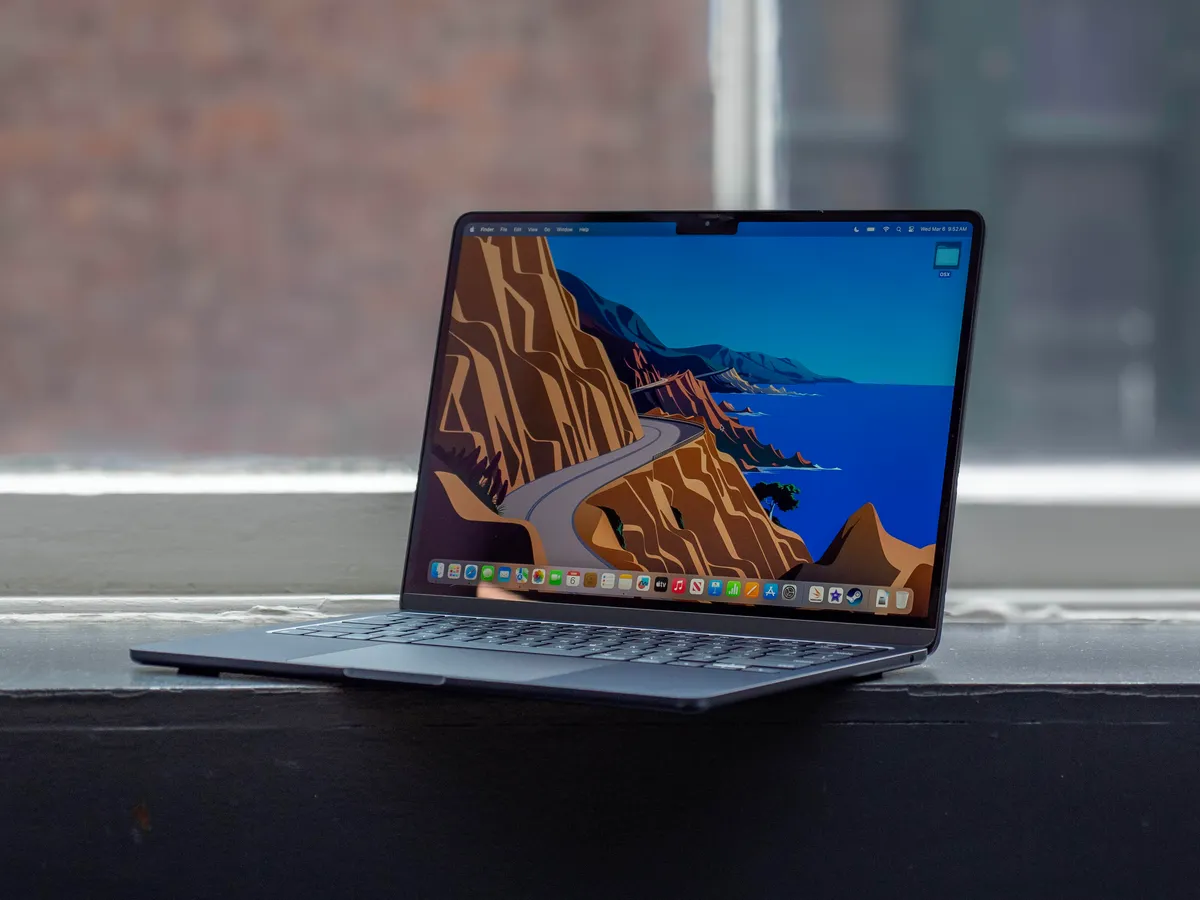The Vision Pro might not be known for its gaming capabilities yet, but a new update is set to shake things up. Thanks to NVIDIA GeForce NOW, Vision Pro users can now dive into over 2,000 games, making gaming a whole lot more exciting.
Cloud Gaming Boosts visionOS Gaming
NVIDIA announced earlier this month that their cloud gaming service, GeForce NOW, would soon be compatible with Apple’s Vision Pro. Now, with the recent update, this support is live, bringing a significant boost to the gaming scene on visionOS.
High-Quality Gaming at Your Fingertips
GeForce NOW allows Vision Pro users to enjoy games in stunning 4K resolution at 120 frames per second. It also supports ultrawide displays with very little delay, and you can use your game controller. There are now more than 2,000 games available, and over 100 of these can be played for free, even without a subscription.
All this gaming magic works through the Safari browser on visionOS, making it easy for users to jump into their games. Although it’s not clear how the latest visionOS 2.3 update impacts this new feature, updating your device before you start playing is a good idea.
What This Means for Vision Pro Gamers
While this update doesn’t solve the shortage of games specifically designed for VR on the Vision Pro, it does open up a vast library of games to explore right on your headset. With 2,000 new games accessible through a big Safari window, there’s plenty to keep gamers busy. Here’s hoping this is just the beginning of more gaming enhancements for Vision Pro this year.
For more details on how to set up GeForce NOW on your Vision Pro, check out NVIDIA’s support page to get the best gaming experience.
